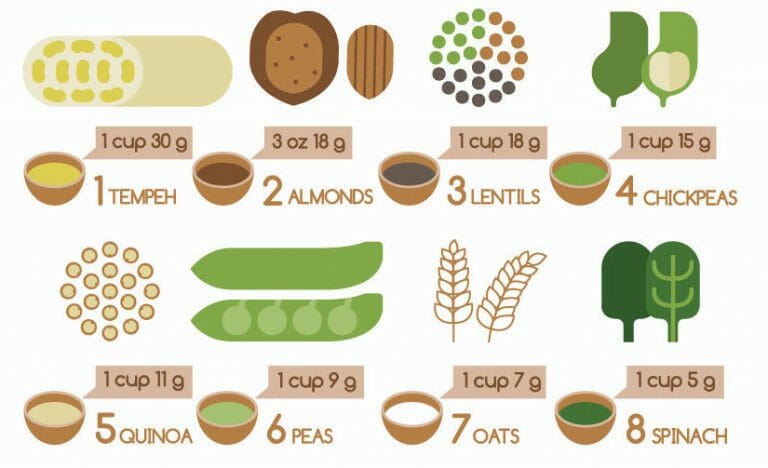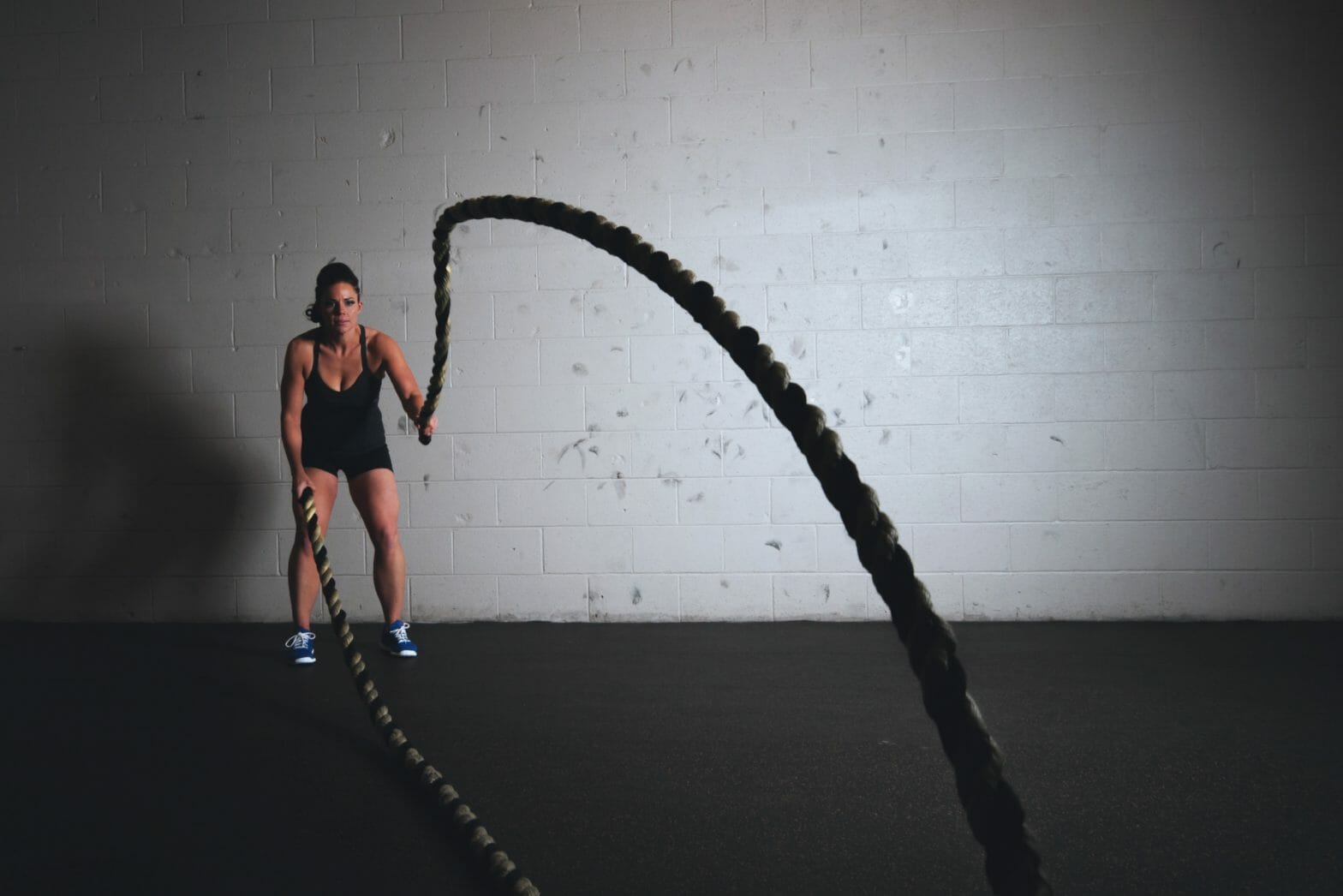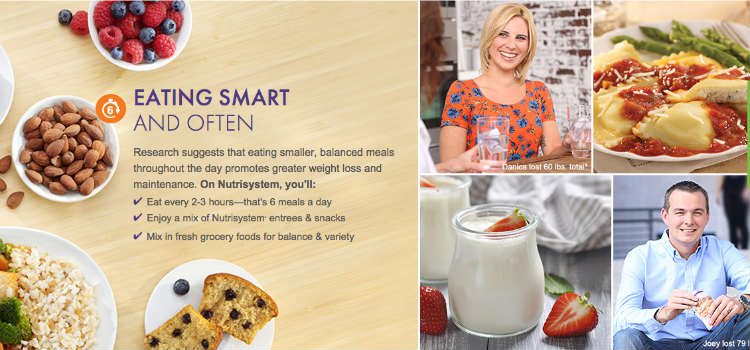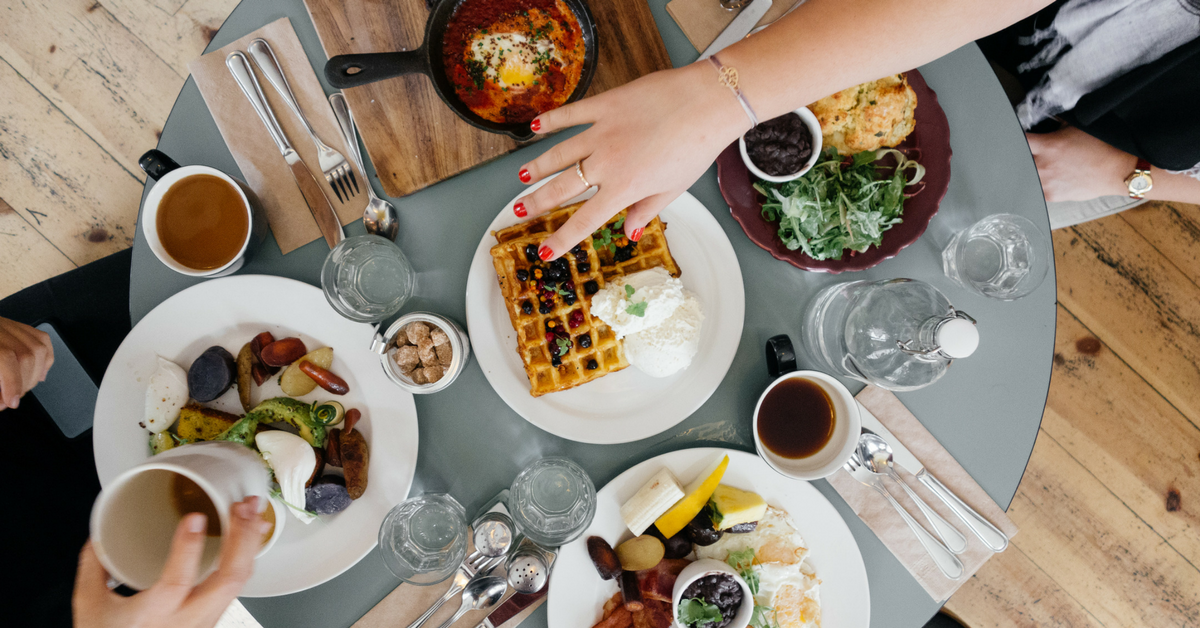How many of you at one time or another gave an excuse as to why you weren’t making progress with your fat loss diet? I couldn’t tell you how many times I heard people say “everyone is different, Matt.” While I agree, that excuse doesn’t hold up when it comes to your health and fat loss diet.
For starters, it all begins with how many calories you take in each day. If you aren’t sure what that number should be, check out the IIFYM macro calculator and it will get you all squared away so you can mark that initial piece off of your checklist.
*It should be noted that we at IIFYM.com, as well as the author, would advise you to consult with your doctor before engaging in any new nutrition or exercise program, including the ones found here on IIFYM.com.
You need to begin with A before you proceed to B
When it comes to a fat loss diet, you can exercise until you’re blue in the face, but if you are eating junk all the time, you’ll never reach your fat loss diet goals.
The nice aspect of an IIFYM diet plan, it allows you some flexibility so you aren’t consuming chicken and brown rice or tilapia with asparagus at every meal like some of these “gurus” out there are recommending.
That’s no way to live your life and you aren’t going to be able to maintain that lifestyle long-term.
For that reason, IIFYM has put together some amazing programs that you should definitely check out if you are interested in reaching your fat loss diet goals quickly and without losing your sanity.
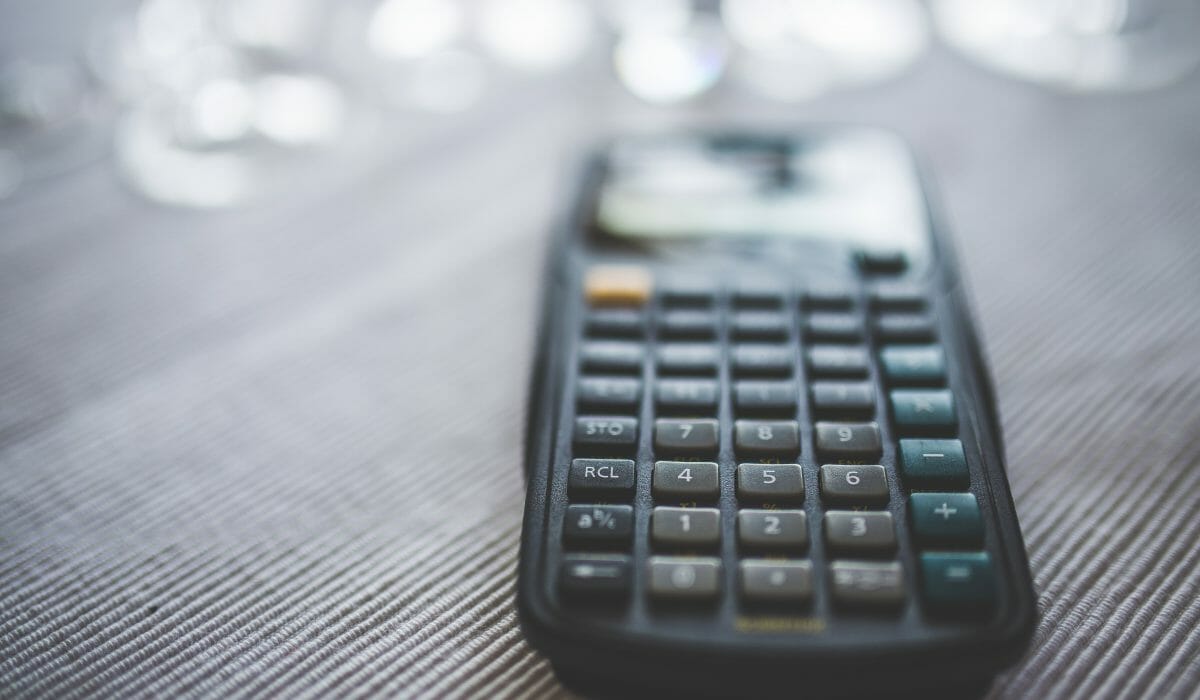
Another great resource you can find over on IIFYM.com is all the free content up for grabs. I might be biased since I write for them, but there’s a ton of great content over there ranging from a wide array of topics from IIFYM articles, to exercise, supplementation, and many other topics to help you reach your fat loss diet goals.
Utilize the free content on IIFYM and not only will you learn something new, but you’ll get a better understanding of some topics that can help you through your health and fitness journey.
Macro Tracking For a Fat Loss Diet
In my opinion, a great place to start is through tracking your calories and macronutrients. In order to do this, I highly recommend a tracking app or website such Macrotracker.com or MyFitnessPal. This app allows you to track all of your meals in a nice, easy to read format, right on your phone (which if you’re like me, never leaves your side).
It will give you the breakdown of how many calories you ate, where you are with your macros for the day and how many you have left, as well as a diary where you can record your weight to check your fat loss diet progress.
Macrotracker and MyFitnessPal put everything in a nice graph to show you a visual. You can also change your macros around to suit the nutrition plan you are following whether it’s an IIFYM plan, Paleo plan, Ketogenic plan, etc.
If you wished to get a little more information out of the app, there’s also an option to upgrade to a paid version as well—however, for most people, you can get away with using the free version for all of your fat loss needs and tracking purposes.
Excuses are for the complacent and unwilling
When we see that our fat loss diet has stalled, we seem to be quick to put the blame everyone else other than on ourselves. Many times, we become complacent either with our diet or our exercise program and this, in turn, starts pumping the breaks when it comes to a fat loss diet. The fact of the matter is, you can’t out-train a poor diet.
The “everyone is different” excuse is completely played out. That’s like saying “I’m just big boned.” No, you aren’t, you’re just lazy. Some people just need some tough love in order to stick to their fat loss diet plan.
You don’t need to deprive yourself of many of the items you enjoy in order to attain fat loss.
You might be able to convince other people with your excuses as to why your fat loss diet progress has come to a halt, but it’s extremely difficult to pull one over on a true professional in the industry.
Exercise can be tiresome and demanding, but your diet shouldn’t be. Have one of our coaches build your easy to follow Macro Blueprint.

You must WANT to better yourself and your health
Complacency breeds failure. When it comes down to your health, no one should want it more than you do. If you are exercising and following a fat loss diet such as the IIFYM Macro Blueprint, you are setting yourself up for success.
But, you need to WANT to be improving your health and overall wellness. No one wants to get ill and sick at a young age and potentially lose their battle when they could have taken some preventative measures to bypass all the pain and suffering.
These illnesses don’t just affect the individual either. Rather, they affect everyone around them as well from their friends to family.
Too many people say it’s difficult to adhere to a program, yet many of them haven’t tried a flexible dieting lifestyle. You don’t need to deprive yourself of many of the items you enjoy in order to attain fat loss. When it comes down to it, flexible dieting is about the numbers.
Even clients who have found this difficult at first, love how seamlessly it melds into their current diet plan.
Follow the Numbers and Find Success In Your Fat Loss Diet
Are you hitting your numbers? Do your macros for the day align with your plan or are you over/under? You won’t know unless you write down what you’re eating, the serving size, and macros (or simply use the MyFitnessPal app I mentioned earlier).
I can’t stress the importance of this enough. You can’t tell me that you don’t know why your fat loss stopped when I ask you how many calories you’re eating each day and the answer is “I don’t know.”
When you get a common cold, you pay attention to the medicine dosage you need to take and when you can take your next dose, right? Why is that? Because you want to make sure you beat this cold by following the directions in order to do so.
It’s the same concept with a fat loss diet. There’s a plan in place for you to achieve success if you follow it, you win—if you don’t follow it, you lose. It’s pretty cut and dry.
How to progress to ensure success?

Let’s assume you have your nutrition plan in place (like a Macro Blueprint), and you are exercising regularly. All of a sudden you see the scale not move for a week. Then the next week you notice again no change. You simply hit a plateau.
This doesn’t mean you’re doing something wrong, or that you should throw in the towel, it simply means you need to make some adjustments. Don’t turn this into an excuse of why you decided to fall off the wagon and stop exercising while consuming everything in your pantry each night while parked in front of the television.
Breakthrough your fat loss diet plateau
There’s a simple fix to breaking through that plateau—actually, two different fixes you can choose from. If you enjoy cardio, simply increase the amount of cardio you were doing. For instance, if you were doing 15 minutes of cardio, bump it up to 30. Or if you were doing 30, bump it up to 45 minutes.
On the flip side, if you hate every second of your cardio sessions during a fat loss diet, then adjust your caloric intake. A good place to start would be to eliminate 500 calories from your diet every day. At the end of the week (seven days), this would have saved you 3,500 calories—essentially, one pound of weight.
If you want something bad enough, you’ll make it happen. You simply need to make it a priority.
If cardio isn’t your thing, you could always increase the intensity in the weight room. Rather than taking a 45-60 second rest between all of your sets, cut it shorter to 30 or less. This will keep your heart rate elevated and in turn, allow you to burn more calories.
You could also do quick bouts of cardio between your sets if you wanted. To do so, you could use a battle rope for 30 seconds between your sets, or do some type of calisthenics to keep your heart rate elevated.
Understanding is Vital
These concepts truly aren’t hard, but for many, they just aren’t educated on these types of concepts, so while many of them come as common sense to many of us, learning biochemistry could be extremely hard for us, yet easy for chemists.
We need to have an understanding and not put people down for not understanding the different methods to use. That’s why I feel the content here on IIFYM is a great resource, especially when you are trying to achieve fat loss.
They also provide a ton of free resources for their clients that don’t require extra purchases.
The take-home box and message
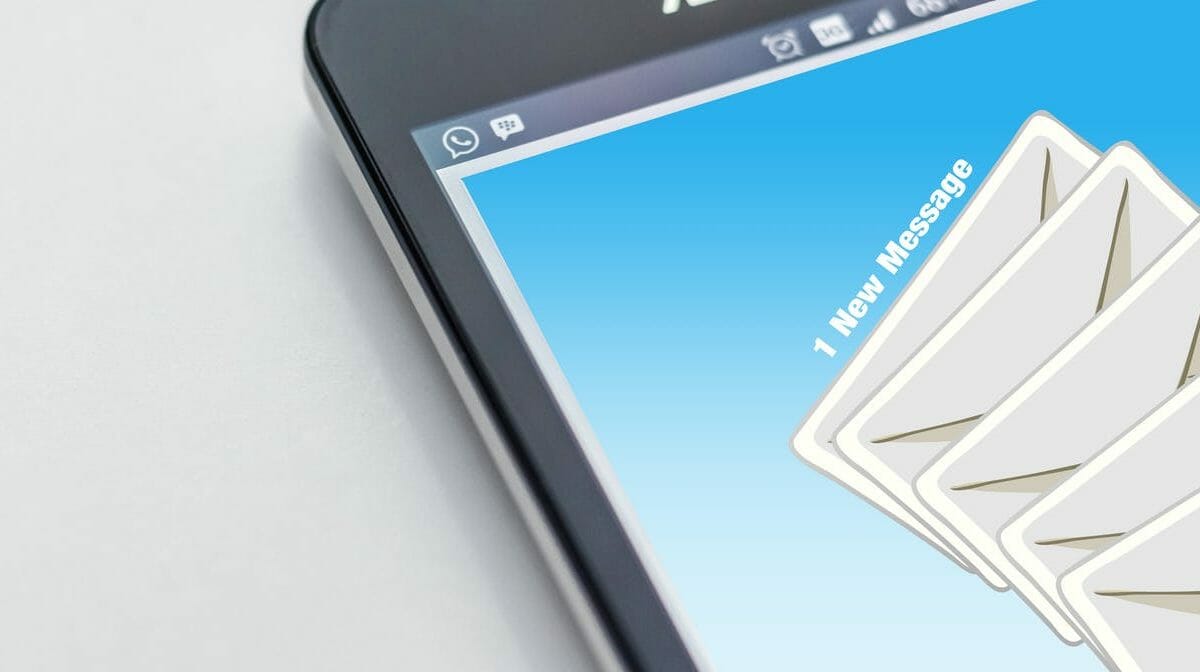
To tie all of this together so you can hit your fat loss diet goals, you need to stop making excuses and start having some accountability for yourself. On your IIFYM plan, you have the ability to eat meals away from home without dreading your next weigh in.
Your fat loss diet can continue even though you don’t eat at home and are enjoying yourself at a nice restaurant.
It should be noted, that just about every meal you eat at a restaurant is around double the normal portion size. So if fat loss is your goal, we at IIFYM recommend getting a take-home or to-go box immediately after getting your meal and then splitting everything in half so you basically have another meal to enjoy another day.
If you want something bad enough, you’ll make it happen. You simply need to make it a priority. If taking charge of your life and health is important to you, then you’ll find the time each day to be active and exercise as well as eating a sensible whole food diet. Fat loss does not happen overnight.
Be Patient With Your Fat Loss Diet
So, don’t expect to wake up looking like a fitness model after hitting the gym for a few days and cleaning up your nutrition. A fat loss diet takes time and your body will even want to fight you a little and resist any type of change. But, you need to stick with it and the results will soon follow.
I hope you found this IIFYM article on performing a fat loss diet plan helpful. If you have any further questions, feel free to reach out to the IIFYM staff and they would be glad to help you choose the perfect fat loss diet plan for you such as their Macro Blueprint.
It doesn’t just end with nutrition, they also have a bunch of exercise programs you can follow as well. Turn your excuses into motivation and get after it. Before you know it, people will start asking what you’ve been doing because you’re looking fantastic. Keep pushing forward.
Originally posted 2019-01-28 22:41:15.

